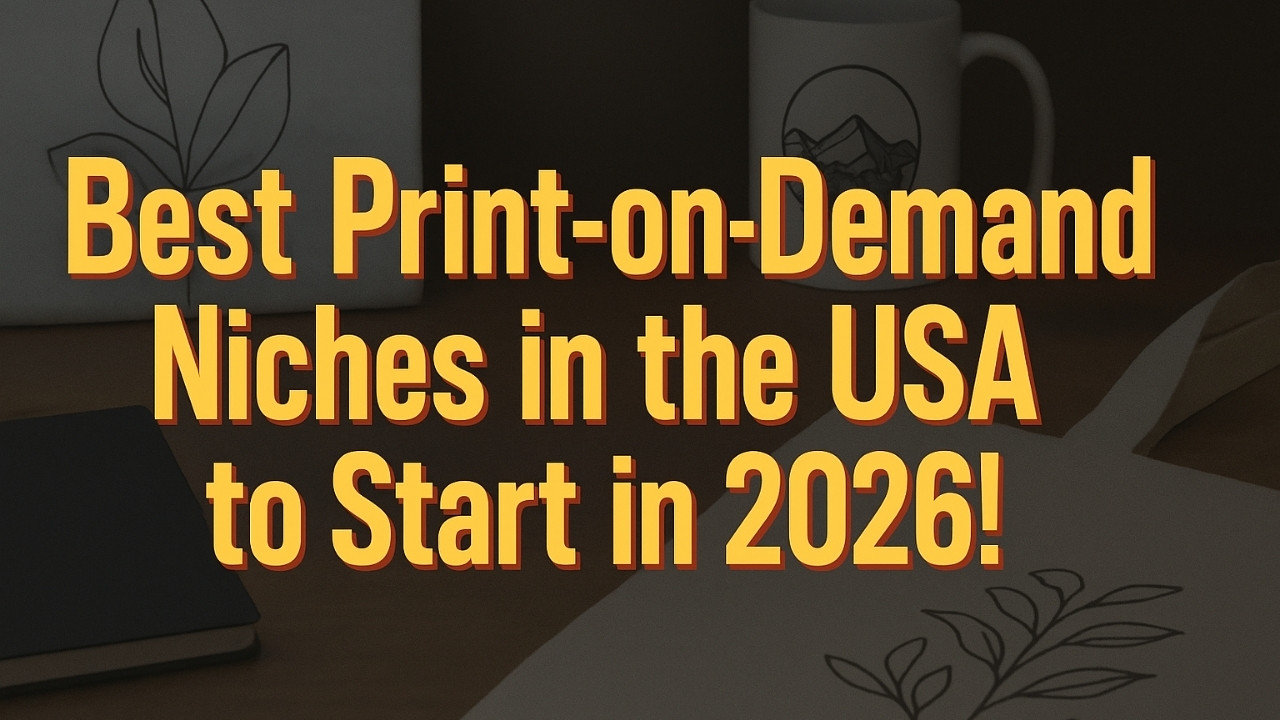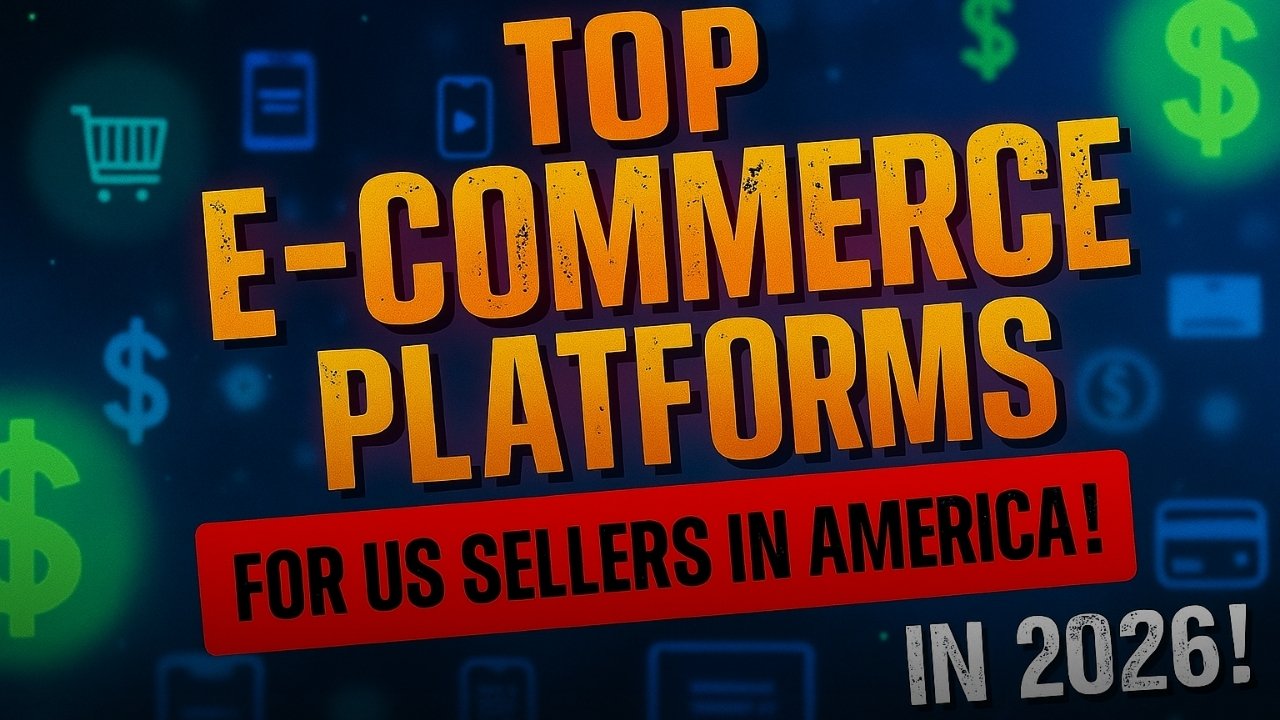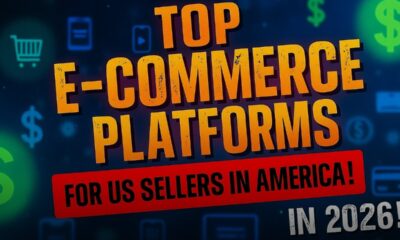E-commerce
How Social Media Platforms Are Changing E-commerce Forever!

The line between social media and e-commerce has almost disappeared. Once considered platforms for connecting with friends, sharing updates, and consuming entertainment, social media platforms have now transformed into powerful marketplaces. Today, platforms like Instagram, TikTok, and Facebook allow users to discover, explore, and purchase products without ever leaving the app.
This merging of content and commerce has created a new digital ecosystem where brands, creators, and consumers interact seamlessly. The shift is so significant that experts believe social media is not just supporting e-commerce — it is redefining it forever.
The Evolution of Social Media in E-commerce
| Phase | Timeline | Features Introduced | Impact on E-commerce |
|---|---|---|---|
| Awareness & Advertising | 2008–2014 | Facebook ads, promoted posts, brand pages | Businesses gained visibility, social platforms became primary tools for brand awareness. |
| Engagement & Community | 2014–2018 | Instagram influencers, brand collaborations, user-generated content | E-commerce brands built communities, influencers became powerful in driving sales. |
| Shoppable Content | 2018–2022 | Instagram Shopping, Facebook Marketplace, Pinterest Buyable Pins | Shopping integrated directly into platforms, reducing the need for external websites. |
| Live & Interactive Commerce | 2020–2024 | TikTok Shop, Instagram Live Shopping, YouTube Live | Real-time product demos and influencer-driven live shopping created a new digital retail experience. |
| Future of Social Commerce | 2024–2030 | AI personalization, AR try-ons, blockchain payments | Personalized shopping journeys, immersive product experiences, and secure decentralized transactions will dominate. |
Key Ways Social Media is Changing E-commerce
1. Shoppable Posts and In-App Purchases
Social platforms now allow users to purchase directly within the app. Instagram Shops, TikTok Shop, and Facebook Marketplace have eliminated the need for users to leave the platform, making impulse buying easier and faster.
2. Influencer-Driven Purchases
The creator economy has reshaped how brands sell products. Instead of relying on traditional ads, companies now collaborate with influencers who can authentically recommend products. This has created a trust-based shopping model where recommendations feel personal.
3. Live Shopping Experiences
Live shopping is a fast-growing trend inspired by China’s booming e-commerce market. Platforms like TikTok and Instagram allow influencers or brands to host live sessions where users can watch, engage, and buy in real-time. This replicates the excitement of in-store shopping online.
4. AI-Powered Personalization
Algorithms now curate shopping experiences. Social media feeds suggest products based on user behavior, interests, and browsing history. This creates highly personalized e-commerce journeys where each shopper sees products tailored just for them.
5. Augmented Reality (AR) and Virtual Try-Ons
Platforms like Snapchat and Instagram are investing heavily in AR. Users can now virtually try on makeup, clothes, or accessories before buying. This bridges the gap between physical and online shopping, making e-commerce more interactive.
6. Integration of Payment Systems
Seamless checkout experiences with integrated payment methods such as PayPal, Apple Pay, or even blockchain-based systems will redefine the convenience of buying through social platforms.
Future Outlook: What’s Next for Social Commerce?
- AI Influencers Selling Products: Virtual influencers may dominate e-commerce promotions.
- Decentralized Shopping Ecosystems: Blockchain could give users more control over transactions and data.
- Hyper-Personalized Stores: Every user may have a fully unique shopping feed curated by AI.
- Global Market Access: Small businesses will reach worldwide audiences directly through social media.
- Sustainability & Transparency: Consumers will expect brands to highlight eco-friendly practices, and social media will become the platform for such accountability.
1. Social Discovery Becomes the New Search
Users no longer go to Google first when looking for a product. Instead, TikTok, Instagram, and Pinterest are acting as search engines, where users discover products through videos, reels, and visual boards.
2. Micro-Influencers Driving Conversions
Instead of only big influencers, micro-influencers with smaller but loyal audiences are now driving higher conversions. Their recommendations feel authentic and create stronger trust with niche communities.
3. AI-Powered Chatbots and Customer Service
Many brands now use AI-driven chatbots inside Facebook Messenger, WhatsApp, and Instagram DMs to guide shoppers, answer queries, and recommend products in real time — enhancing customer experience.
4. Social Media as a Brand-Building Hub
Beyond just transactions, platforms allow brands to build communities. Businesses share behind-the-scenes content, engage in storytelling, and create loyalty through authentic interactions.
5. Cross-Border E-commerce Expansion
Social media breaks geographical barriers. A small business in Pakistan can sell to a customer in the US directly via Instagram or TikTok, expanding global trade opportunities.
6. AR and VR Shopping Experiences
Augmented Reality filters allow users to try on clothes, test makeup, or preview furniture before buying. Future VR-based shopping events will let customers browse virtual malls inside metaverse-like platforms.
7. Gamification of Shopping
Gamified experiences like spin-to-win, reward badges, or interactive shopping games are now being integrated to make online buying more engaging and addictive.
8. Payments and Fintech Integration
With in-app payment options like PayPal, Apple Pay, and even Buy Now Pay Later (BNPL) models, social commerce is reducing friction in the buying journey. In the future, blockchain wallets may become standard.
Challenges of Social Media-Driven E-commerce
- Trust & Authenticity: Fake reviews and counterfeit products can reduce consumer confidence.
- Data Privacy: With AI-driven personalization, users are concerned about how their shopping data is used.
- Over-Commercialization: As feeds become more product-driven, users may feel platforms are losing their social essence.
- Algorithm Dependency: Businesses rely heavily on platform algorithms, making visibility unpredictable.
- Digital Wellbeing: The addictive nature of shopping and browsing raises concerns about consumer overspending.
Future Outlook: What’s Next for Users?
- Virtual Shopping Assistants: AI bots inside apps will act like personal shoppers.
- Immersive Metaverse Stores: Shopping in 3D virtual stores using avatars will replicate physical mall experiences.
- Decentralized Shopping Models: Blockchain and Web3 platforms will allow peer-to-peer commerce without middlemen.
- Creator-Led Commerce: Influencers may launch their own brands directly inside social apps, bypassing traditional retailers.
- Sustainability & Ethical Commerce: Consumers will demand proof of sustainability, and social media will become the space for transparency.
Conclusion
Social media has transformed from a networking tool into a digital shopping powerhouse. By merging content, community, and commerce, platforms are rewriting the rules of retail.
For businesses, this means limitless opportunities to reach global audiences. For users, it means personalized, interactive, and seamless shopping experiences. However, challenges like data privacy, trust, and over-commercialization must be addressed for sustainable growth.
The future of e-commerce will not be on websites alone — it will be on the social platforms where people spend most of their time. In other words, social media isn’t just influencing e-commerce — it is becoming e-commerce itself.
Business
Best Print-on-Demand Niches in the USA to Start in 2026!

The print-on-demand (POD) industry in the USA is growing rapidly, driven by creative entrepreneurs and the demand for personalized products. With low upfront investment and a wide range of products to sell, POD is one of the most beginner-friendly business models. However, success depends largely on choosing the right niche. The right niche will help you stand out, target the right audience, and maximize profits. In this article, we explore the most profitable and trending print-on-demand niches in the USA for 2026.
Best Print-on-Demand Niches in the USA (2026)
| Niche | Description | Why It’s Profitable in the USA |
|---|---|---|
| Fitness & Activewear | Custom gym shirts, leggings, and sports gear. | The US fitness market is booming, and people love wearing motivational and stylish gym wear. |
| Pet Lovers | Customized pet shirts, mugs, and blankets. | Americans spend billions yearly on pets; niche-specific pet designs sell fast. |
| Eco-Friendly Lifestyle | Sustainable clothing, tote bags, and reusable items. | Growing demand for eco-conscious products in the US market. |
| Pop Culture & Trends | Designs inspired by movies, memes, and social media trends. | High appeal to younger demographics; trends go viral quickly. |
| Travel & Adventure | Apparel and accessories for travelers. | US travel industry is recovering strongly post-pandemic. |
| Hobbies & Crafts | Products for knitting, gaming, fishing, etc. | Passion-driven audiences spend more on their hobbies. |
| Motivational & Self-Care | Inspirational quotes on mugs, shirts, and journals. | Mental health and positivity are strong consumer focuses in the USA. |
| Special Events & Holidays | Custom designs for Christmas, 4th of July, and birthdays. | Seasonal sales spikes drive high revenue. |
| Local Pride | City or state-themed apparel and home décor. | US buyers love products representing their hometown pride. |
| Niche Sports Fans | Merchandise for less-mainstream sports. | Loyal fan bases often purchase unique gear not sold in stores. |
Tips for Choosing the Right POD Niche
- Research Market Demand – Use tools like Google Trends and Etsy to spot hot-selling designs.
- Know Your Audience – Target a specific customer group with shared interests.
- Focus on Quality Designs – Professional, unique artwork increases perceived value.
- Capitalize on Trends – Move fast on viral trends to get early sales.
- Test Before Scaling – Start with a few products and see what sells best.
Conclusion
The USA offers a vast and diverse market for print-on-demand businesses, but success relies heavily on selecting the right niche. Whether you choose fitness, pet lovers, eco-friendly lifestyles, or trending pop culture designs, the key is to understand your audience and provide high-quality, unique products. By focusing on a profitable niche and staying updated on trends, you can build a sustainable POD business in 2026.
Business
Top E-Commerce Platforms for US Sellers in 2026!

The US e-commerce market continues to grow rapidly, offering endless opportunities for sellers to expand their reach and boost sales. Choosing the right platform is a critical step for success, as it directly affects customer experience, sales performance, and business scalability. In this guide, we explore the top e-commerce platforms for US sellers in 2026, their features, pricing, and which types of sellers they are best suited for.
Table: Top E-Commerce Platforms for US Sellers
| Platform | Best For | Key Features | Starting Price |
|---|---|---|---|
| Shopify | Small to large businesses | 6000+ apps, POS integration, multiple payment gateways | $39/month |
| Wix eCommerce | Beginners & small businesses | Drag-and-drop builder, templates, integrated SEO | $27/month |
| BigCommerce | Medium to large businesses | Multi-channel selling, robust analytics, SEO tools | $39/month |
| Squarespace | Creative sellers & brands | Stunning templates, built-in marketing tools | $23/month |
| WooCommerce | WordPress users | Free plugin, customizable, large community support | Free (Hosting extra) |
| Amazon Seller | Large marketplace reach | Access to millions of US buyers, Prime shipping | $39.99/month |
| Etsy | Handmade & vintage sellers | Niche audience, low start-up costs | $0.20/listing + fees |
| eBay | New & used goods sellers | Auction and fixed-price listings, global reach | Free basic + fees |
Why the Right Platform Matters:
- Customer Experience: Smooth checkout, mobile-friendly design, fast loading speeds.
- Scalability: Ability to handle growth and traffic spikes.
- Marketing Tools: SEO, email marketing, and social media integration.
- Cost Efficiency: Reasonable monthly fees and transaction charges.
Conclusion:
In 2026, the e-commerce industry in the US is more competitive than ever, making the right platform choice essential. Shopify and BigCommerce are perfect for scalability, Wix and Squarespace are great for ease of use and design, while Amazon and Etsy offer immediate access to massive marketplaces. Sellers should match their platform choice to their budget, product type, and long-term growth goals to achieve sustainable success.










